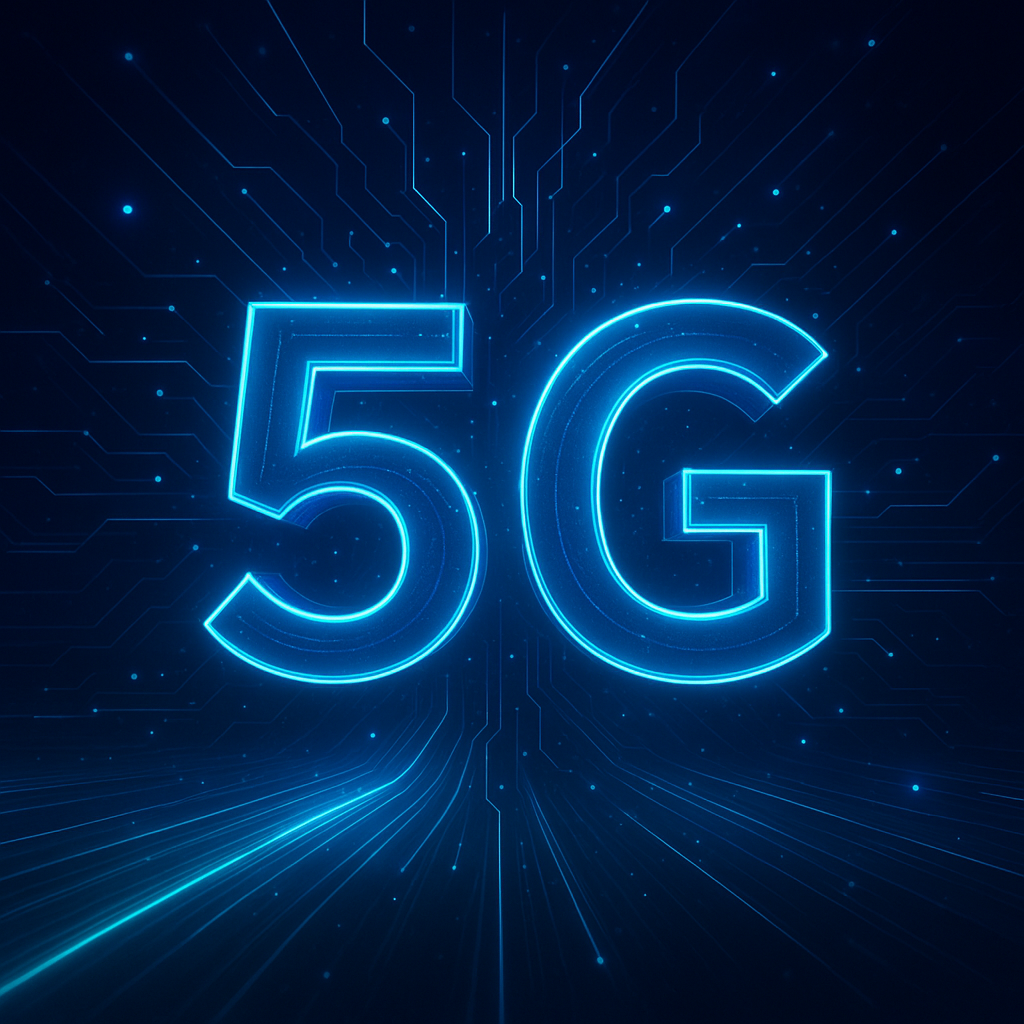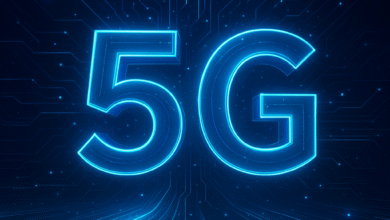
Anything that has advantages likely has disadvantages and 5G falls under this umbrella. 5G is based on the promise and prospect of more “everything” but more costs money. More quality means more money spent on the enhancement. Deploying 5G requires new infrastructure, including radio access network (RAN) equipment, antennas, base stations, and core network upgrades. Unlike previous generations, which could often reuse some existing infrastructure, 5G’s need for high-frequency millimeter waves (mmWave) means that many existing towers and equipment are not compatible. This results in significant capital expenditure for telecom operators. 5G networks, particularly those using mmWave, tend to consume more power than previous generations. The dense network of small cells increases overall energy consumption, leading to higher operational costs.
The increased number of small cells and base stations means more equipment to maintain. Each site requires regular maintenance, monitoring, and potential upgrades. The cost and effort required to manage a large number of small cells spread across various locations can be significant.
Concerns about the impact 5G could have on human health have also been raised. 5G networks use higher frequency bands than previous generations, potentially leading to increased exposure to radiofrequency (RF) radiation. These higher frequencies, known as millimeter waves, have a shorter range and require more antennas, which may increase overall exposure. It’s also speculated that the use of 5G exposes people to Electromagnetic Fields (EHF) that could cause Electromagnetic Hypersensitivity (EHS). Some individuals report symptoms like headaches, fatigue, and dizziness when exposed to electromagnetic fields. These symptoms are often attributed to EHS, a condition where people feel they are sensitive or too sensitive to EMF exposure. The widespread deployment of 5G infrastructure also may have environmental impacts, including the effects of RadioFrequency radiation on wildlife, especially birds, insects, and plants.
Conspiracy theories in 2020 during the peak of COVID-19 also suggested that 5G was capable of spreading the virus, but substantial proof of such was never produced and such thoughts were duly discarded.
There are also security risks associated with 5G as there usually are with anything that is to be successful. The increase in connected devices and sensors with 5G technology could lead to more significant security vulnerabilities and privacy concerns. The potential for data breaches and unauthorized surveillance increases with the number of interconnected devices. For example, if an attacker compromises a single IoT device, they could use it to gain access to the larger network, possibly causing widespread disruption. In the same vein, network slicing offers efficiency and customization but it also creates a new security challenges of its own being that if one slice is compromised, an attacker could potentially gain access to others, especially if isolation between slices is not adequately managed. Problems might also arise from the supply chain involving the various tools, equipment and software needed for 5G network use. The network relies on equipment and software from various vendors and concerns have been raised about the potential for backdoors or vulnerabilities deliberately introduced into hardware or software by malicious actors.
While 5G has not fully taken over from 4G yet, the prospects of a SIXTH generation (6G) of networks are already being discussed. 6G is expected to offer data transmission speeds up to 100 times faster than 5G, potentially reaching terabits per second (Tbps). Latency could also be reduced to microsecond levels, which is significantly lower than the millisecond latency offered by 5G. Such speeds and low latency could enable real-time, high-definition holographic communications, immersive augmented reality (AR) and virtual reality (VR) experiences, and instantaneous cloud-based processing and storage. 6G further aims to provide seamless connectivity that extends beyond terrestrial networks. This includes integrating satellite communication, aerial networks (such as drones), and deep-sea communication. The goal is to provide truly global coverage, even in remote and underserved areas.
Back to 5G, it is expected to interact with artificial intelligence to make it even more effective. 5G’s high-speed connectivity and low latency will enable real-time data collection and processing, which is essential for AI applications. This capability will be particularly valuable for AI-driven analytics, decision-making, and automation. With more data being collected and transmitted faster, AI models can be trained and updated more frequently, leading to improved accuracy and performance. This is beneficial for applications such as predictive maintenance, personalized healthcare, and fraud detection.
The rollout of 5G networks worldwide has been progressing rapidly, with various regions and industries adopting this technology at different paces. Countries such as South Korea, the United States, China, and Japan have been at the forefront of 5G deployment. South Korea was one of the first countries to roll out nationwide 5G, followed closely by China, which has rapidly expanded its 5G infrastructure with significant government backing. Developing countries in Asia, Africa, and Latin America are also beginning to invest in 5G infrastructure. However, the rollout is slower due to higher costs, regulatory challenges, and the need to upgrade existing 4G infrastructure. The use of 5G is projected to cause a significant growth in areas such as Healthcare, Telecommunications and Media, Transportation, Augmented and Virtual Reality and the existence and growth of Smart Cities.
5G provides great features like speed, low latency and the possibility of more interconnectedness between people. It will prove useful in so many different industries like manufacturing, healthcare and transportation but it has its risks and downsides as well. It’s costly and the whole setup can be complicated. It’s also not as accessible in some areas as others but all in all, the good outweighs the bad. 5G and next-generation networks have the potential to transform various sectors by enabling faster, more reliable, and more efficient communication and data transfer. The enhanced capabilities of 5G such as higher data speeds, ultra-low latency, massive connectivity, and improved reliability will unlock new opportunities across industries.

